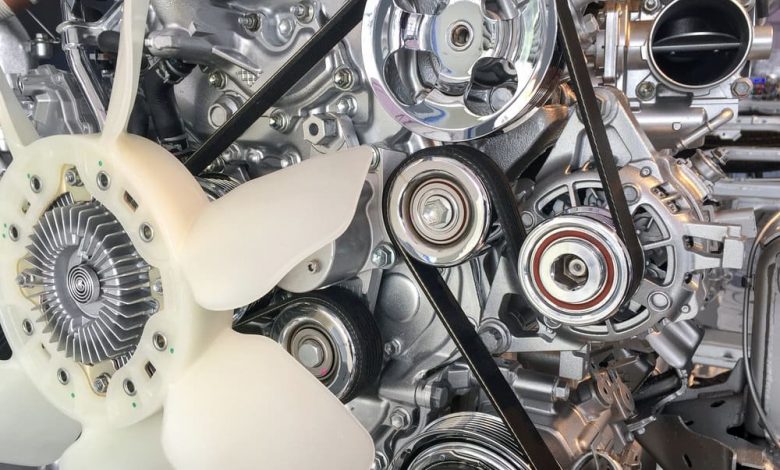What Must You Be Aware Of The Transmission Belts?

Transmission belts or correas but without any phase shift. You can use them in the form of a transmission component to transmit movement or power effectively. The remarkable thing about belts is they are useful for linking a couple of or more than two rotating shafts mechanically, and they are habitually parallel. A belt might be utilized in the form of a motion for transmitting power effectively or for tracking relative movements.
Belts get looped over pulleys that might possess a twist in between them, but the shafts can be unparalleled too. In a 2-pulley system, either the belt drives the pulleys naturally in a direction, or the belt can become crossed too for reversing the driven shaft’s direction. In the form of a basis of motion, the conveyor belt is an application where the belt gets adapted for carrying a load between a couple of points continuously. Again, the belt drive, too, can be utilized for altering the swiftness of rotation by utilizing various sized pulleys.
Benefits of belts
Belts are highly utilized for transmitting equal horsepower compared to classic V-belts. These links are created from plies of polyurethane and polyester fabric, which can resist water, chemicals, oil, and heat. The benefits of link bets comprise making matched sets fast and quick for installing as machinery does not need to be disassembled.
Explore the features of V-belts
V-belts are considered commonly utilized belts to transmit power. Under the same tension level, they can transmit higher power compared to flat belts. For example, they are used in variable-speed drives and offer the finest integrations of speed, traction, service life, and bearing load.
Reasons for using V-belts
There are many reasons for which people prefer to use V-belts, and some of them are mentioned below:
- The V-shaped part of the belt does follow a channel in the pulley and keeps the belt intact. It also augments torque transmission.
- V-belts are less wide in comparison to flat belts. Hence, they take up lesser space.
- V-belts don’t require being similar to a taut.
- The maximum range of speed of V-belts is 300-2130 m/minute.
- When you require higher power requirements, then you can assemble two or more than two V-belts side-by-side in a manner which is called “multiple belt drive.”
The making of V-belts
Also known as trapezoidal belts, V-belts can be created from polymer or rubber without any reinforcement. They can also possess fibers that are incorporated into the polymer or rubber for augmenting strength. You will find that these fibers are formed by textile material, like cotton, polyester, polyamide for improved strength, aramid, like Kevlar, or steel.
At times, when the seamless belts do not meet the needs of an application, then people use articulated V-belts. The majority of the models propose a similar speed and power as endless belts of equal size and don’t need specific pulleys for their operation. You can easily install them as they have much higher environmental resistance compared to rubber belts. A person can also adjust the length of V-belts when he wishes to take away the links.





